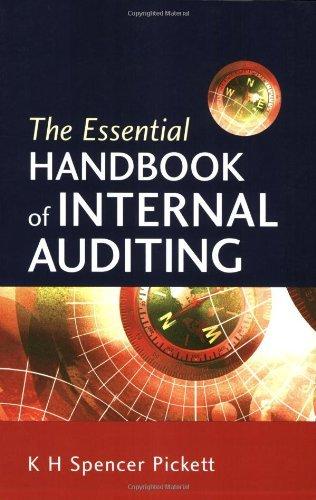Answered step by step
Verified Expert Solution
Question
1 Approved Answer
The individual financial statements for Gibson Company and Keller Company for the year ending December 31, 2021, follow. Gibson acquired a 60 percent interest in








The individual financial statements for Gibson Company and Keller Company for the year ending December 31, 2021, follow. Gibson acquired a 60 percent interest in Keller on January 1, 2020, in exchange for various considerations totaling $570,000. At the acquisition date, the fair value of the noncontrolling interest was $380,000 and Keller's book value was $850,000. Keller had developed internally a customer list that was not recorded on its books but had an acquisition date fair value of $100,000. This intangible asset is being amortized over 20 years. Gibson uses the partial equity method to account for its investment in Keller Gibson sold Keller land with a book value of $60,000 on January 2, 2020, for $100,000. Keller still holds this land at the end of the current year. Keller regularly transfers inventory to Gibson. In 2020, it shipped inventory costing $100,000 to Gibson at a price of $150,000. During 2021, intra-entity shipments totaled $200,000, although the original cost to Keller was only $140,000. In each of these years, 20 percent of the merchandise was not resold to outside parties until the period following the transfer. Gibson owes Keller $40,000 at the end of 2021 Sales Cost of goods sold Operating expenses Equity in earnings of Keller Net income Retained earnings, 1/1/21 Net income (above) Dividends declared Retained earnings, 12/31/21 Gibson Company Keller Company $ (800,000) $ (500,000) 500,000 300,000 100,000 60,000 (84,000) 0 $ (284,000) $ (140,000) $ (1,116,000) $ (620,000) (284,000) (140,000) 115,000 60,000 $ (1,285,000) (700,000 177.000 90.000 Sales Cost of goods sold Operating expenses Equity in earnings of Keller Net income Retained earnings, 1/1/21 Net income (above) Dividends declared Retained earnings, 12/31/21 Cash Accounts receivable Inventory Investment in Keller Land Buildings and equipment (net) Total assets Liabilities Common stock Additional paid-in capital Retained earnings, 12/31/21 Total liabilities and equities Gibson Company $ (800,000) 500,000 100,000 (84,000) $ (284,090) $ (1,116,000) (284,000) 115,000 $(1,285,000) $ 177,000 356,000 440,000 726,000 180,000 496,000 $ 2,375,000 $ (480,000) (610,000) Keller Company (500,000) 300,000 60,000 8 $ (140,000) $ (620,000) (140,089) 60,000 $ (700,000) $ 90,000 410,000 320,000 0 390,000 300,000 $ 1,510,000 $ (400,000) (320,000) (90,000) (700,000) $ (1,510,000) (1,285,000) $ (2,375,000) (Note: Parentheses indicate a credit balance.) a. Prepare a worksheet to consolidate the separate 2021 financial statements for Gibson and Keller. 10 of 10 a. Prepare a worksheet to consolidate the separate 2021 financial statements for Gibson and Keller b. How would the consolidation entries in requirement (a) have differed if Gibson had sold a building with a $60,000 book value (cost of $140,000) to Keller for $100,000 instead of land, as the problem reports? Assume that the building had a 10-year remaining life at the date of transfer Complete this question by entering your answers in the tabs below. Required A Required B ................ How would the consolidation entries in requirement (a) have differed if Gibson had sold a building with a $60,000 book value (cost of $140,000) to Keller for $100,000 instead of land, as the problem reports? Assume that the building had a 10-year remaining life at the date of transfer. (Do not round intermediate calculations. If no entry is required for a transaction/event, select "No journal entry required" in the first account field .) view transaction list Consolidation Worksheet Entries Worksheet Entries 1 2 Prepare Entry *TA to defer the intra-entity gain as of the beginning of the year. Note: Enter debits before credits. Debit Credit Accounts Transaction 1 view consolidation entries Clear entry Record entry Worksheet Entries 1 2 Prepare Entry ED to remove the excess depreciation for the current year created by the transfer price: Note: Enter debits before credits. Debit Credit Accounts Transaction 2 view consolidation entries Clear entry Record entry
Step by Step Solution
There are 3 Steps involved in it
Step: 1

Get Instant Access to Expert-Tailored Solutions
See step-by-step solutions with expert insights and AI powered tools for academic success
Step: 2

Step: 3

Ace Your Homework with AI
Get the answers you need in no time with our AI-driven, step-by-step assistance
Get Started


